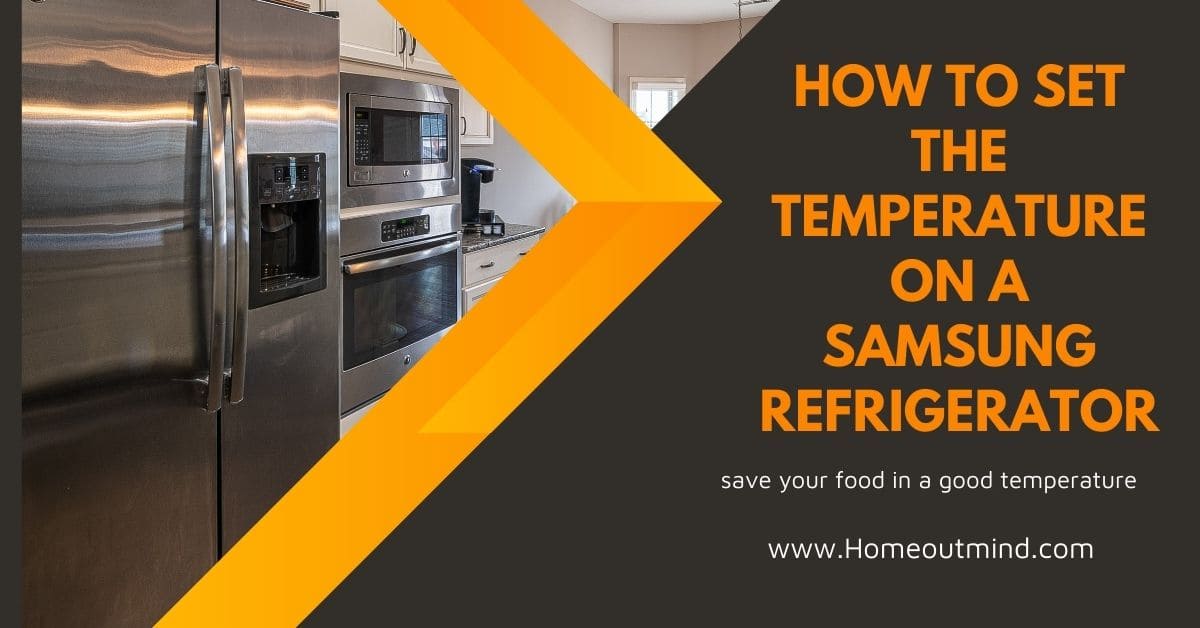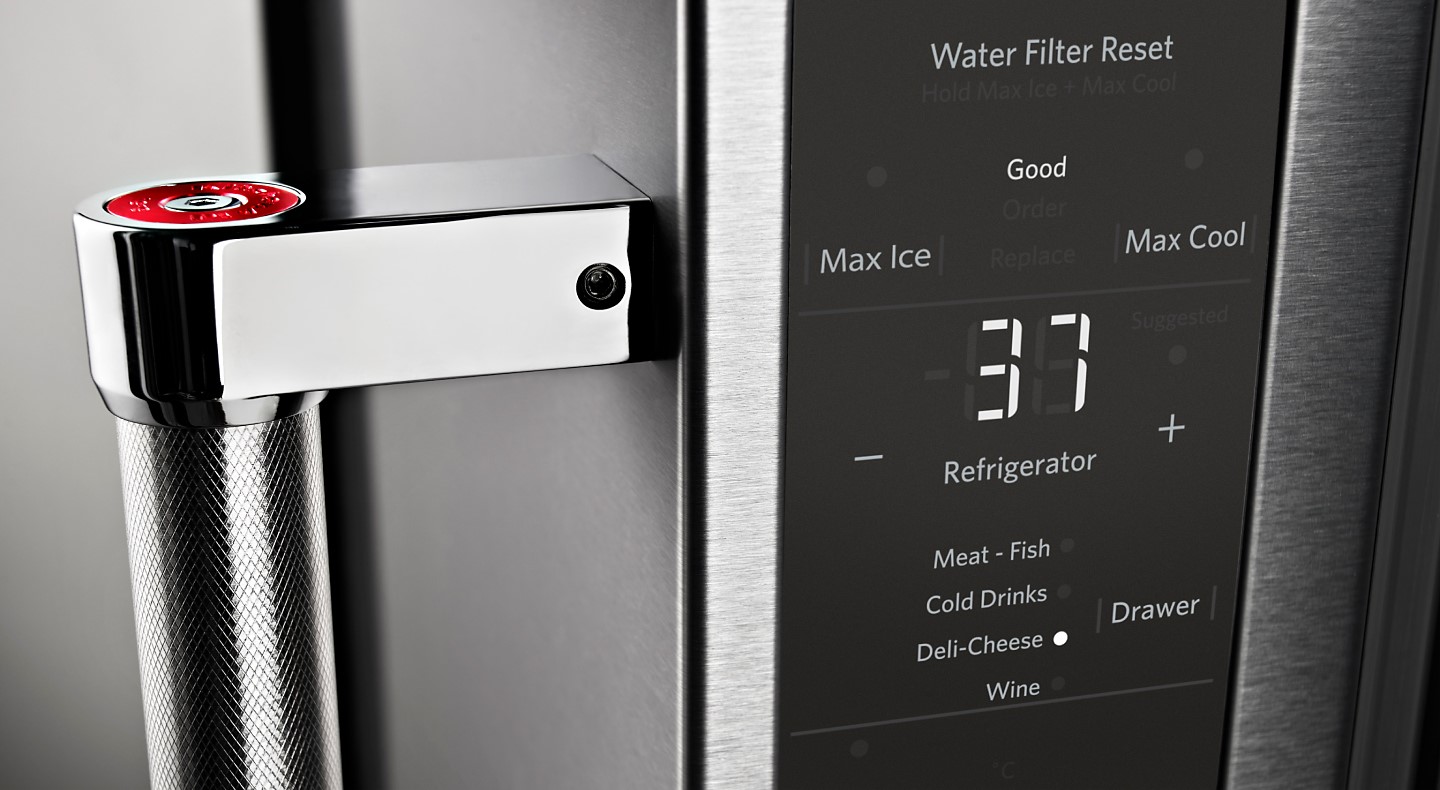Okay, let's talk refrigerators. Specifically, your Samsung refrigerator. You know, that big, shiny box in your kitchen where dreams of midnight snacks are either realized or cruelly crushed?
And while we’re at it, let's get down to brass tacks – its temperature. Sometimes it's like negotiating with a toddler. Too cold, and your lettuce cries. Too warm, and well, let’s not go there.
The Temperature Tango
First thing's first, find the control panel. Usually, it’s lurking inside, near the top. It's not a hide-and-seek champion, I promise. Unless your kids have been playing fridge Tetris again.
Most Samsung models have these snazzy digital displays. It’s all very space age, even if you're just setting it to a balmy 37°F (that’s about 3°C for our metric friends). Remember, these numbers are just a starting point. Every fridge is a little different.
Understanding the Numbers
Think of the numbers as a suggestion box, not a dictatorship. You're aiming for consistent cold, not an Arctic tundra. The fridge is typically best between 35°F and 40°F (2°C and 4°C).
For the freezer? Aim for 0°F (-18°C). Anything higher and your ice cream might start staging a gooey rebellion. And nobody wants that.
Now, you'll likely see buttons labeled "Fridge" and "Freezer". These are your weapons of choice. Usually, you just press the button to cycle through temperatures.
Observe and Adapt
Give your fridge a few hours, or even a full day, to settle in. It's like moving into a new house – it needs time to adjust. Then, play detective.
Is your milk turning sour faster than a politician's promise? Turn the fridge colder. Are your eggs threatening to become ice sculptures? Turn it warmer. It’s all about finding the sweet spot.
The Case of the Mysterious Melted Ice Cream
Here's where things get interesting. Say you've got everything set "perfectly" but your freezer is still acting up. Time to investigate further.
Is the door sealing properly? A gap the size of a hair could let in enough warm air to wreak havoc. Check the seal – give it a good wipe down. It might just be dusty and grumpy.
Also, are you cramming the fridge so full that air can't circulate? Airflow is key. Think of it like a mosh pit. If everyone's packed in too tight, things get uncomfortable (and your food spoils faster).
Another sneaky culprit? Overpacking your freezer. That frozen lasagna might look harmless, but it can block the vents and create warm spots.
Advanced Troubleshooting (Without the Tech Jargon)
If things are truly wonky, and you've exhausted the easy fixes, it might be time to call in a professional. Don't be ashamed. Sometimes even refrigerators need a little therapy.
Think of it as preventative maintenance, like flossing. Nobody *wants* to do it, but your dentist will thank you. And your food will too.
The Fridge-Food Harmony
Ultimately, setting the temperature in your Samsung refrigerator is about creating a harmonious environment for your food. A place where the milk is happy, the vegetables are vibrant, and the ice cream remains delightfully frozen.
And who knows, maybe you'll even prevent a few midnight snack disasters along the way. Now that's something to celebrate!


























